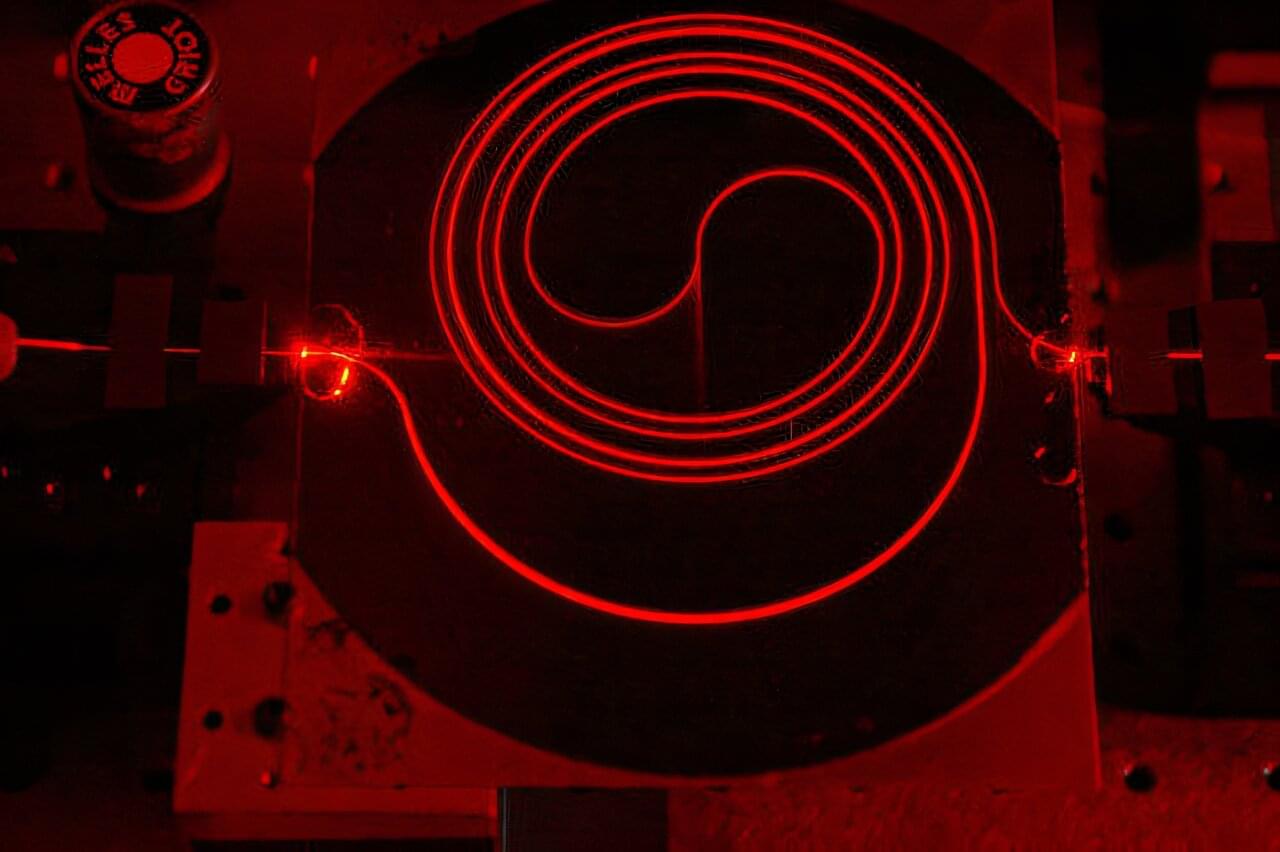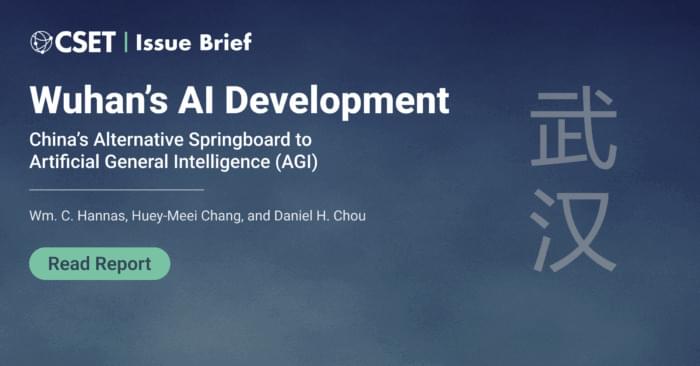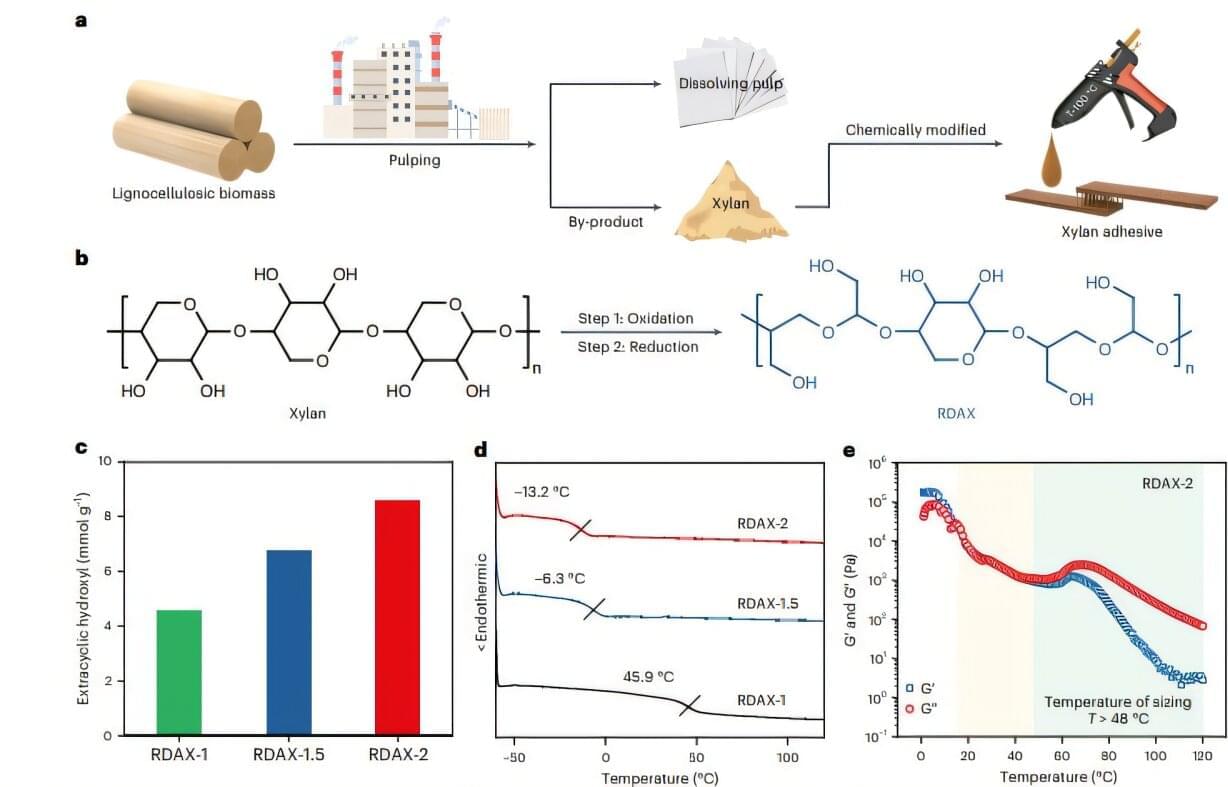Researchers from the Institute of Modern Physics (IMP) of the Chinese Academy of Sciences and their collaborators have synthesized a new isotope—protactinium-210—for the first time. It is the most neutron-deficient isotope of protactinium synthesized to date. Their findings are published in Nature Communications.
The atomic nucleus is a quantum many-body system composed of protons and neutrons. Synthesizing and studying new nuclides is a frontier research topic in nuclear physics. Through this research, scientists can explore the limits of the existence of nuclei and deepen our understanding of the fundamental properties of matter.
Theoretical predictions suggest the existence of around 7,000 nuclides, yet only about 3,300 have been experimentally synthesized and observed so far.








